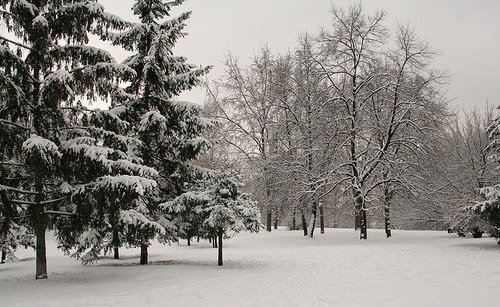A topic that now worries a lot of people, since winter has come and running has become much more difficult. Experienced runners don't bother much with this issue, since they have more than one running winter behind them. For me, this question took the mute by surprise. Of course, the first thing they advised me was thermal underwear and the right sneakers with non-slip soles. Standard «hat, windbreaker, gloves» — it's good. But it's still better to follow the advice from professionals who have run both in the heat and at a temperature of -30.

I decided to add the theme of choosing sneakers to the winter theme. Lydiard talks in some detail about all the subtleties and how to choose the right shoes for running. Of course, he does not name specific manufacturers. Therefore, you can choose sneakers of your favorite brand based on the specified criteria.
So I decided to see what Lydiard advises on this. And I looked for a reason :)
«At temperatures below -20, you need to wear two suits, as we did when I worked in Finland. One is made of a material that allows air to pass through; the other is made of a material that does not allow air to pass through. This prevents cold air from penetrating inside and forms a cushion of warm air between the upper suit and your own body. Having dressed in this way, you can run at a temperature of -40 for two or more hours without any unpleasant consequences.»
«Sneakers are probably the most important part of the equipment, so they require careful attention to them. When choosing them, you need to put on both sneakers, stand up, walk around, paying attention to whether there is pressure in any place, because later it is in this place that you may have injuries. They should not rub their heels in the Achilles tendon area, do not press around the ankle joint and the big toes should not rest against the toe of the sneaker, otherwise, as soon as running begins, the foot will move slightly forward and this will lead to crushing of the nails on the thumbs. The thumbs should not touch the toe of the sneaker, however, if the shoes are too large in size, the ankle joint will move into the narrowest part of the shoe and this will lead to scuffs on the back of the foot when moving.
The soles of the sneakers should be made of elastic rubber and protect you from bumps on a hard surface during training. If the thickness of the sole does not increase to the heel on sneakers, then you can not train on country roads in them. A rubber pad is needed under the heels, in order to take on the concussions when you run downhill. This is an important part of a running shoe designed for training. In some models, the heel seems to be beveled to lighten the weight, but such a model is not suitable for the above-mentioned workouts, since it does not insure the runner from trouble.
Sneakers with a corrugated synthetic sole are ideal for running on grass and glades, but on country roads and highways they quickly wear out and grip decreases. The larger the grip surface, the better. It is especially difficult to run in shoes with a corrugated sole on wet roads, then the grip decreases even more.
Lacing sneakers and spikes is much more important than many runners believe. Such a simple action as lacing can hinder the free movement of the foot and even cause harm. In order to avoid suspensions and excessive pressure on the foot, you need to lace up shoes without crossing the laces from above, but pulling them along the tongue of the shoe.»
And yes, I'm still running. Not as often, though, as I would like, but still. Soon I will have to make a rather difficult choice — whether to continue running in cold weather. But I will do this only in a month.
Runkeeper
And yes, running in the hills is very hard for me.